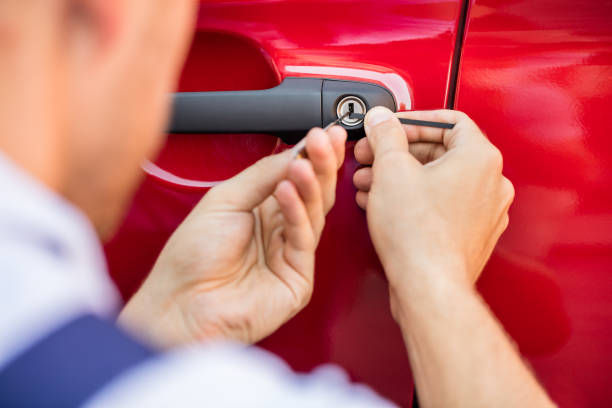The Brave New World of Electric Delivery Vehicles and Why they are Important
- Kiera Peterson
- May 14, 2019
- 3 min read
One of the leading causes of noise pollution in urban areas is vehicles. Electric delivery vehicles offer an exciting alternative. They are quiet, emission-free, with significant public health and air quality advantages. There are also substantial savings for both businesses and government. Deliveries are all set to get more streamlined, as with electric vehicles, there are no issues with prohibitions against night and early morning deliveries. Slowly, but surely, adoption is increasing in Australia, with the Australia Post recently ordering 1,000 Swiss-designed electric delivery vehicles. With this, it becomes the biggest electric vehicle fleet operator in Australia. At this stage, many hindrances exist, like the cost of such cars, and the availability of charging pods. But with time, these are bound to get streamlined with more and better innovation. This is because, with a long-term horizon, there are more pros than there are cons. Driving costs are lower, and emissions are zero. There are ideas about the EVs providing storage (batteries) and helping the grid.
Another idea is to shift EV delivery traffic to off-peak hours, reducing congestion, and thereby, costs. This will also improve air quality. Further still, in the vigil against air pollution, delivery trucks driving in congestion are a significant source of pollution. Therefore, in the vehicle electrification market, they naturally become a stakeholder.
Another benefit of off-peak hour delivery is that these EVs can be charged during the day. Depending heavily on electricity mix with the highest level of renewable energy can also be practiced.
Further, there is the matter of scale. Delivery fleets automatically offer scale that is hard to find in the passenger vehicle market. Therefore, company-wide, and fleet-wise switch to electric vehicles will bring immediate benefits.
We already see this change in some pockets. Walmart has bought 45 electric trucks from Tesla. A company with the scale of FedEx has plans to order 1,000 EVs. An analysis by McKinsey says that driving time slashed due to lesser traffic at night leads to 40 percent savings in delivery costs.
Further, furniture magnate Ikea plans to have EVs deliver the last-mile of all product packages by the year 2025. Bosch and Tropos Motors announced new EV products in 2018. Nissan's e-NV200 van broke towing records. And, Mercedes-Benz announced the addition of electric drive to all their commercial vans. Online shopping giant Amazon ordered a fleet of Mercedes’s eVito van. DHL recently added a new fleet of zero-emission vehicles to its delivery fleet from Workhorse.
One thing is clear: Adoption is witnessing an uptick. More companies are appearing to be interested in getting a piece of the action.
More significant innovation is increasingly making EVs cost-effective, in comparison with fossil fuel-run delivery trucks. The industry is also witnessing the sale of smaller electric delivery vehicles at attractive prices by firms like Workhorse. Any difference in price is compensated by the payback brought by EVs, as electricity is cheaper than gas, and therefore, delivery costs are significantly lower.
There's still a lot to be done though in terms of bringing scale to the charging infrastructure, creating centralized truck depots, etc. Night deliveries need to be made the new normal. This has to begin by encouraging shops and restaurants to shift to nightly receiving hours. In case of residential deliveries, innovations such as Amazon lockers that are secure delivery bins are the order of the times. More cities need to adopt off-peak delivery alternative, just as New York did. Further, a synergy needs to be developed between retail and shipping firms to streamline the switch.
conclusion:
A gradual shift in the transportation and last-mile logistics industry is being witnessed. There is a need for encouragement in the form of competitive costs, and better returns, along with upgraded legislation and infrastructure.








Comments